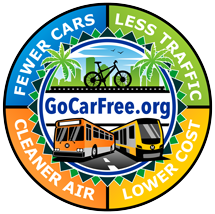
PART THREE: NON-WORK TRANSPORTATION
Lesson 17
After Hours: Simple Strategies for Non-Work Transportation
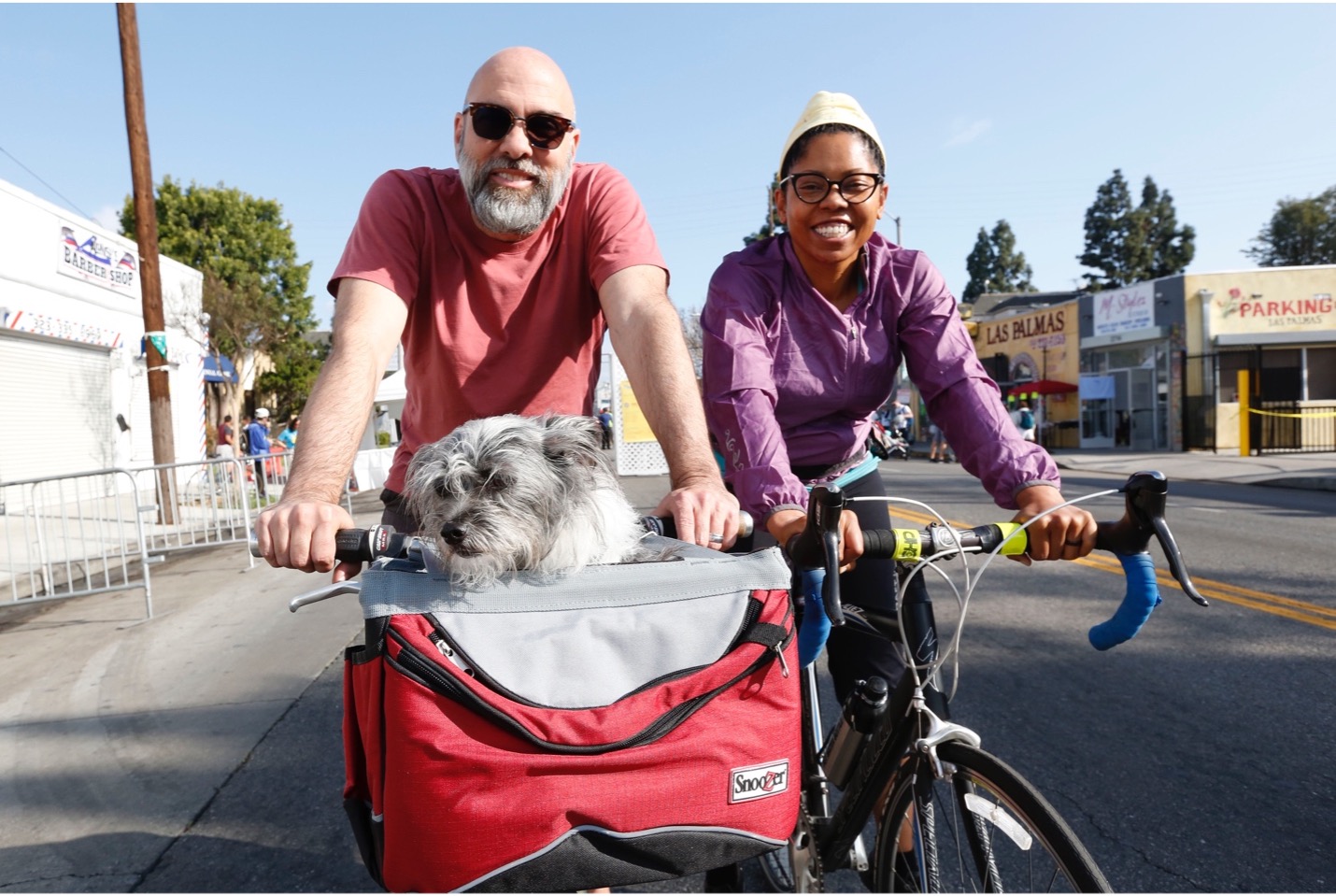
Non-work-related transportation includes things like socializing, dating, and going furniture shopping, grocery shopping, to the mall, to the drugstore, to the health club, and to your mother-in-law’s house for dinner. Important stuff, to be sure.
Clearly, if you’re going to live well without owning a car, you’ll need a way to get your personal stuff done. This lesson offers some overall strategies. The six lessons that follow provide specific tactics for accomplishing everything on your to-do list and getting to every event on your social calendar – all without owning a car.
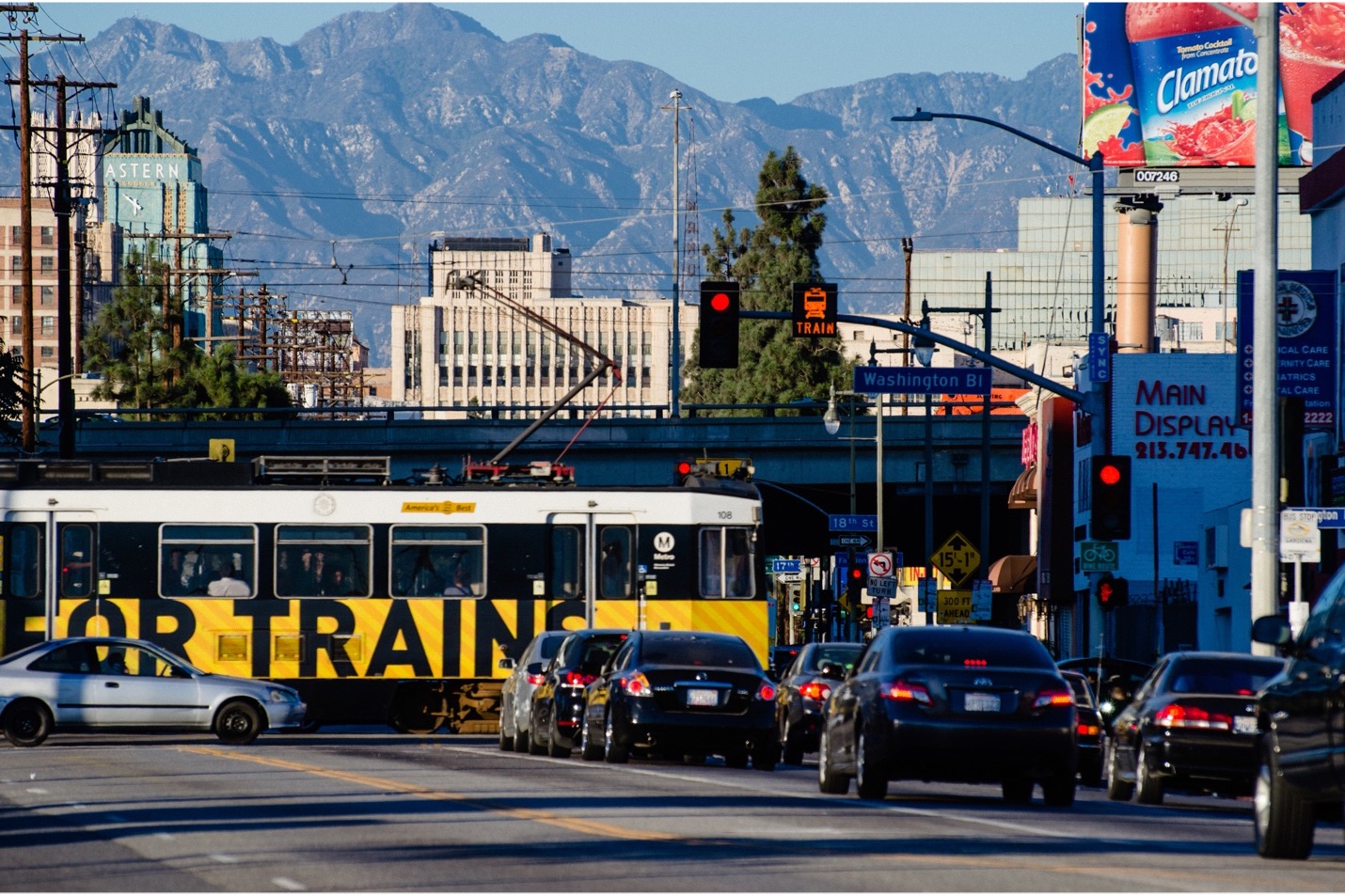
The American Way: Drive Everywhere (and Spend Money)
I have a friend who I consider to be the typical American car owner. She spends ten to fifteen hours of her free time each week “running errands” in her car. She drives all over town buying things she doesn’t need, spending money she can’t afford to spend, running errands that are unnecessary, not getting any exercise, and eating unhealthy fast food.
Then she arrives home each night wondering why she’s broke, overweight, exhausted, and has no free time. Sadly, this has become an accepted – even expected – way of life in our car-centered culture.
The automobile has made transportation immediately available, so it has become the primary enabler of America’s culture of instant gratification.
When we need something, we hop in the car – on no more than a whim – and drive to get it. “I want it now!” is practically our national anthem. With a constant barrage of advertisements offering “Same day delivery,” “No Money Down,” “Ninety days same as cash,” and “No payments until 2025,” we are accustomed to getting what we want right now.
But at what cost?
Well, for starters, you have to pay for your car, and we’ve already seen how that alone can drive you into the poorhouse (pun intended). Then you have to pay for all the stuff you keep buying because you drive three times a week to the shopping center.
When you factor in car loans and revolving credit, it’s no wonder Americans have the lowest savings rate of any industrialized nation. The average credit card debt per U.S. household is more than $18,000. According to a Federal Reserve study, 43 percent of Americans spend more than they earn. I would argue that to a large degree, those sad statistics stem from automobile ownership.
Strategy One: Eliminate Unnecessary Trips
The first general strategy for non-work transportation is to eliminate unnecessary trips. Ask yourself, “Do I really need to physically go there?” The answer is usually no.
Do I really need to drive to the pizza place to pick up dinner? No, have it delivered. Do I need to drive to the bank to deposit my paycheck? No, set up direct deposit or take a picture of your check on your bank’s smartphone app and make the deposit that way. Or mail in your deposit. Do I need to drive to the Costco warehouse to shop? Nope. Instacart delivers anything from the Costco warehouse right to your front door.
Most car trips are unnecessary. Just because you’ve always accomplished certain tasks by driving doesn’t mean that’s the only way – or even the best way. In the next lesson we’ll show you how virtually all of your errands can come to you.
And here’s a built-in bonus. Remember back in Lesson 3 how I said automobiles devour so much of our free time? That’s partly because owning a car requires you to run car-related errands like car washes, oil changes, visits to the gas station and trips to the DMV. When you get rid of your car, those car-related items that once occupied your to-do list will disappear, freeing up more time.
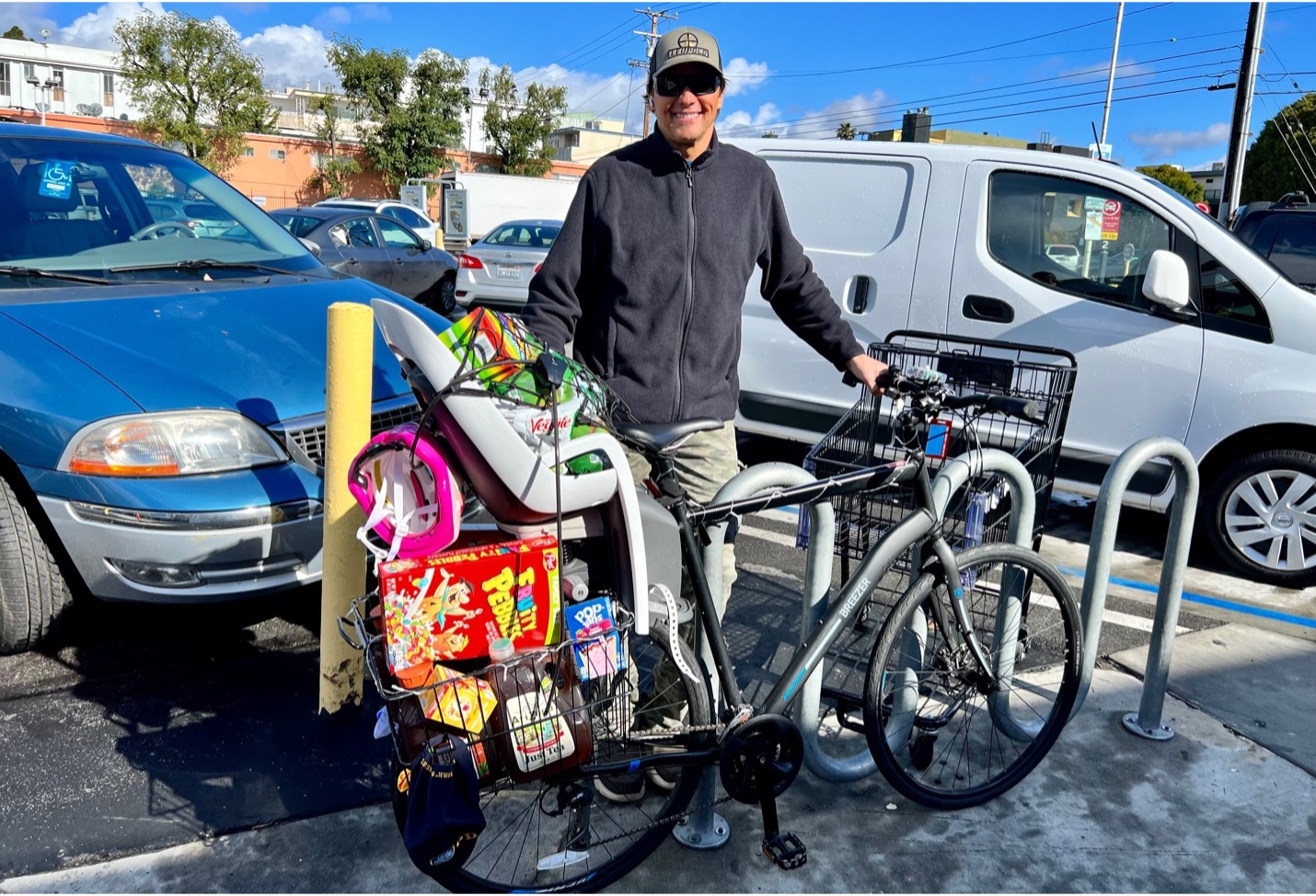
GoCarFree.org founder Chris Balish grocery shopping.
Strategy Two: Walk or Bicycle
According to a 2021 study by the U.S. Department of Energy, more than half of all daily car trips were less than three miles from home. Nearly 30 percent of trips were less than one mile. And more than 60 percent were less than 5 miles.
Does five miles seem too far for a bike ride? What about on an e-bike? Does one mile seem too far to walk? Try it; you might be surprised just how easy it is. And if you combine transit and riding your bicycle, you should be able to get almost anywhere in the city.

Strategy Three: Find Closer Alternatives
For destinations that are too far to walk or pedal to, consider replacing them with options that are closer to home. This may require some research and force you to change long-standing habits.
For example, for years I went to the same church out of habit, even though it was twelve miles away. When I decided to go car free I researched alternatives. It turned out there were two other churches within two miles of my house. Actually, one was less than a half-mile away, yet I never noticed it until I started actively looking for a closer alternative.
I used the same strategy to find a closer hair salon, gym, library, department store, drug store, doctor, dentist, bank, deli, and bookstore – all within a short walk, bicycle ride, or transit ride from my home. I even found a nearby homeless shelter where I do volunteer work. Once you begin looking closer to home, you will be amazed by the options that are available.
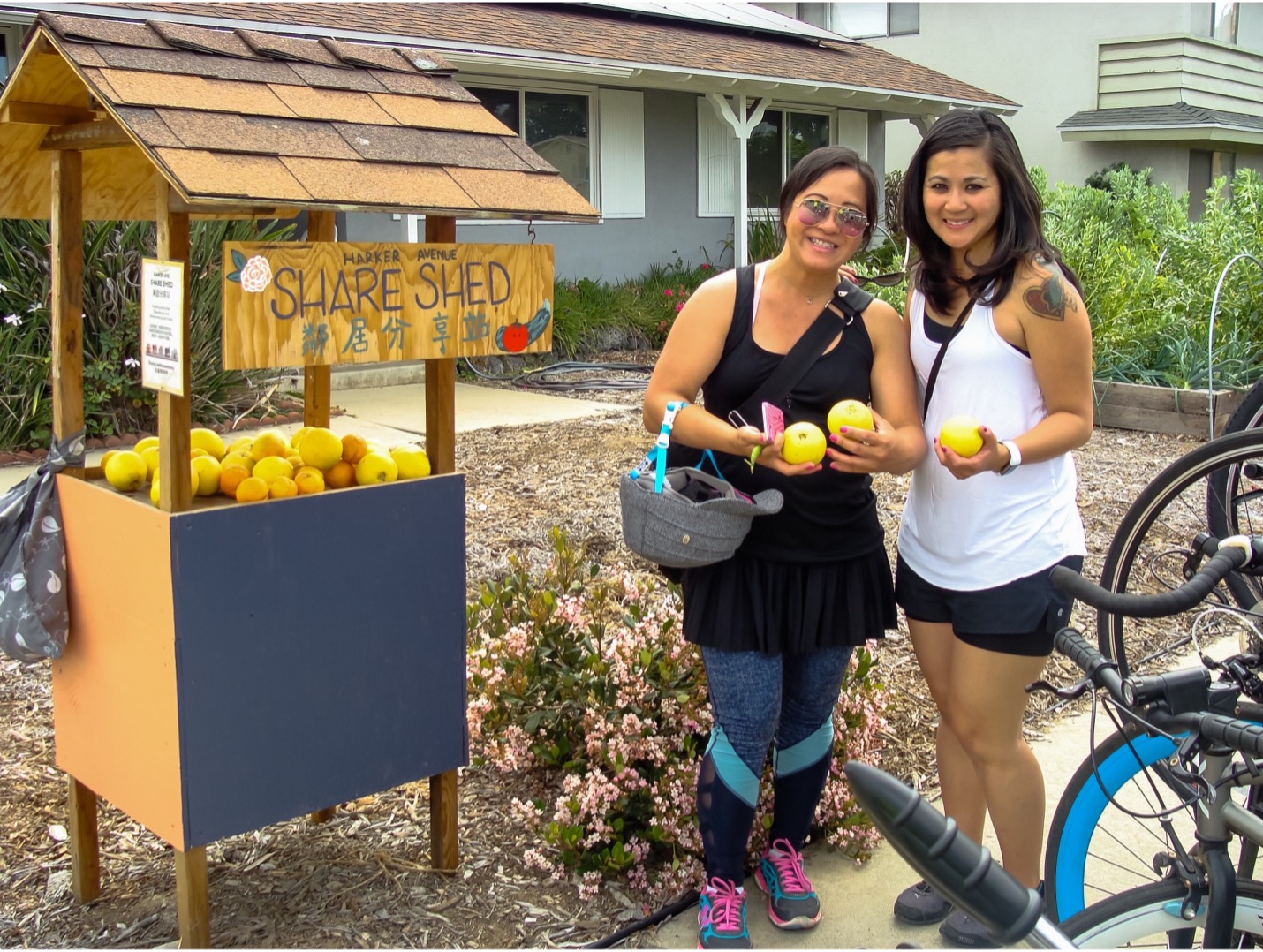
Strategy Four: Plan Ahead and Stock Up
When you own a car, you really don’t have to plan much. If you’re doing laundry and you run out of fabric softener, you can just drive to the quickie-mart during the rinse cycle. But when you live car free it’s not that simple.
Living without a car requires you to think ahead and seize opportunities to stock up. You’ll also need to take a few minutes to think ahead to any holidays and birthdays coming up in the next three months, then buy greeting cards, wrapping paper, and supplies accordingly. This will save you from making a separate trip to the store for every occasion, the way most car owners do.
Car Free Success Story:
Living car free means sometimes you have to plan! I know Americans want 24/7 access to everything, and that the concept of planning ahead is outrageous. But what people don’t seem to understand is that not planning requires them to spend much more time, energy, and money on a car that actually makes them less free in other ways. So a big challenge is to personally come to terms with planning ahead, being flexible, and occasionally being inconvenienced – in order to access the big picture of overall more life freedom.
Strategy Five: Be Creative and Flexible
Even though this country has been built around the automobile, you can still access all of its features without owning one. A little creativity is usually all it takes.
Can’t get to the bank? You can do almost all of your banking by mail, online, or through an automated teller machine. You can even buy stamps at an ATM.
Can’t find good fresh produce in your neighborhood? Buy frozen, or start your own vegetable garden. Out-of-town friends or relatives coming for a visit? Rent a car for the weekend. If it’s summertime, rent a convertible!
In nearly two decades of living without a car I have yet to find a situation that could not be solved with a little flexibility and creativity.
Car Free Success Story:
It takes a while to learn a different way of doing things. When I was driving daily and my car would break down everything seemed like a challenge because I didn’t know any other way. Now that I’m living car free it doesn’t seem like a challenge at all. If it did I’d resume driving. I’ve found better ways of doing everything that I previously did by car.
Strategy Six: Shop Less and Buy Less
In contrast with the typical American lifestyle of frequent shopping and heavy debt, a car free lifestyle will naturally help you spend less and buy only what you need, instead of everything you want.
Without a car you will naturally tend to buy less stuff and accumulate less junk. This reduces clutter and saves space. When you live car free you will realize that you don’t need as much stuff as you think you do.
Strategy Seven: Learn to Enjoy a Simpler Life
If you currently live a frenetic, car-based, over-scheduled, constantly-on-the-go, rush-rush, drive-and-spend lifestyle, then living car free will be an adjustment for you.
It will also be a gift!
When you don’t have a car the pace of life slows. You will naturally begin to eliminate unnecessary commitments from your schedule. You’ll decline invitations to events that you’d rather not attend. And you’ll scale back your involvement in activities that you’re not passionate about.
This will result in fewer unwanted obligations, more free time, more time spent on what’s important to you, and ultimately a more focused and meaningful life.
